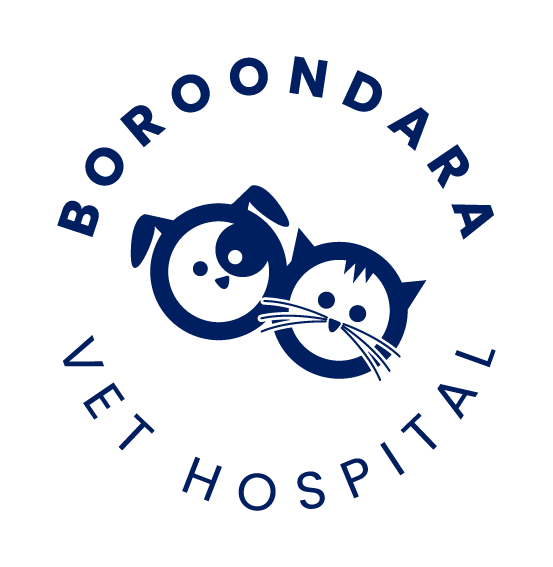Library
-
Pancreatitis describes an inflammation in the pancreas. The pancreas is an organ situated next to the liver and small intestine.
-
Phytomenadione is used to treat animals that have been poisoned with warfarin or coumarin anticoagulants (e.g. certain rodenticides). These poisons may cause bleeding problems in the animal.
-
Breeding cats can be an extremely rewarding experience. However, before undertaking a breeding programme it is essential to understand what this involves; from the time of mating to the time of weaning.
-
Pyothorax refers to the presence of inflammatory fluid (pus) within the chest cavity.
-
Rabies is one of the most devastating viral diseases affecting mammals, including cats and humans. It is almost always fatal.
-
The diaphragm is the muscular sheet which separates the chest cavity from the abdominal cavity and is important in breathing movements. If it becomes ruptured, organs from the abdominal cavity may pass through the tear to enter and lie within the chest cavity next to the heart and lungs.
-
Seizures and epilepsy are less commonly encountered in cats than dogs. They are, however, the most common sign of disease affecting the front part of the brain in the cat.
-
Ticks are common in Australia and problems associated with them vary from the benign bush tick which causes local skin irritation to the sometimes fatal paralysis tick seen mainly in coastal areas on the east coast of Australia.
-
It is sometimes said that because cats are fussy eaters they are less easily poisoned than dogs. However, with their curiosity and fastidious grooming, intoxication is not that uncommon.

